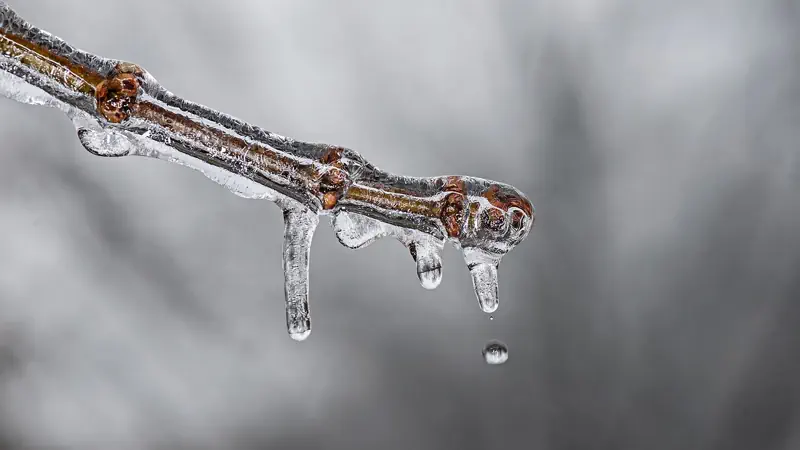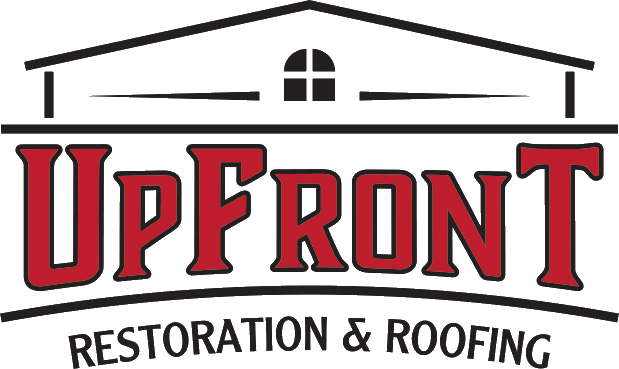Spring Thaw & Water Damage: Prevent Melting Ice Issues
Spring Thaw & Water Damage: How Melting Ice Can Wreak Havoc on Your Home
Call Now!
As winter transitions into spring, the rising temperatures and spring thaw bring more than just sunshine—they also bring a significant risk of water damage.
The combination of melting ice, heavy rainfall, and shifting temperatures can lead to issues like roof leaks, basement flooding, and foundation damage – even in the dry climate of Colorado Springs.
Without proper preparation, homeowners may find themselves facing costly repairs and mold growth.

How Does Spring Thaw Lead to Water Damage?
Melting Ice and Snow Overload Your Roof
- As snow and ice melt, the excess water needs proper drainage. If gutters are clogged or damaged, water can seep into your roof, causing leaks and interior damage.
Frozen Ground Prevents Absorption
- When the ground is still partially frozen, melting snow and ice can’t be absorbed properly, leading to standing water around your foundation and potential basement flooding.
Cracks in Your Foundation
- The constant freezing and thawing of water can cause foundation cracks, allowing water to seep in and cause structural damage.
Ice Dams Cause Roof Leaks
- Ice dams form when snow melts on a warm roof but refreezes at the edges, blocking proper drainage. This trapped water can infiltrate your home, damaging ceilings and walls.
How to Prevent Water Damage from Spring Thaw
- Clean Your Gutters & Downspouts – Ensure that gutters are free of debris to allow proper water flow.
- Inspect & Repair Your Roof – Look for missing shingles, cracks, or signs of water damage.
- Seal Foundation Cracks – Use waterproof sealant to prevent seepage.
- Ensure Proper Drainage Around Your Home – Make sure your yard slopes away from the foundation to prevent water pooling.
- Check Your Sump Pump – If you have a basement, test your sump pump to ensure it’s functioning before the spring thaw.
What to Do If You Experience Water Damage
If water damage occurs, act fast to prevent mold growth and structural issues:
- Remove standing water immediately
- Use fans and dehumidifiers to dry affected areas
- Contact a professional water mitigation company for expert restoration
Protecting your home from spring thaw water damage requires preparation, but taking proactive steps now can save you from costly repairs later. Stay ahead of seasonal challenges and ensure your home is ready for the shift from winter to spring!
Get Help Now!

